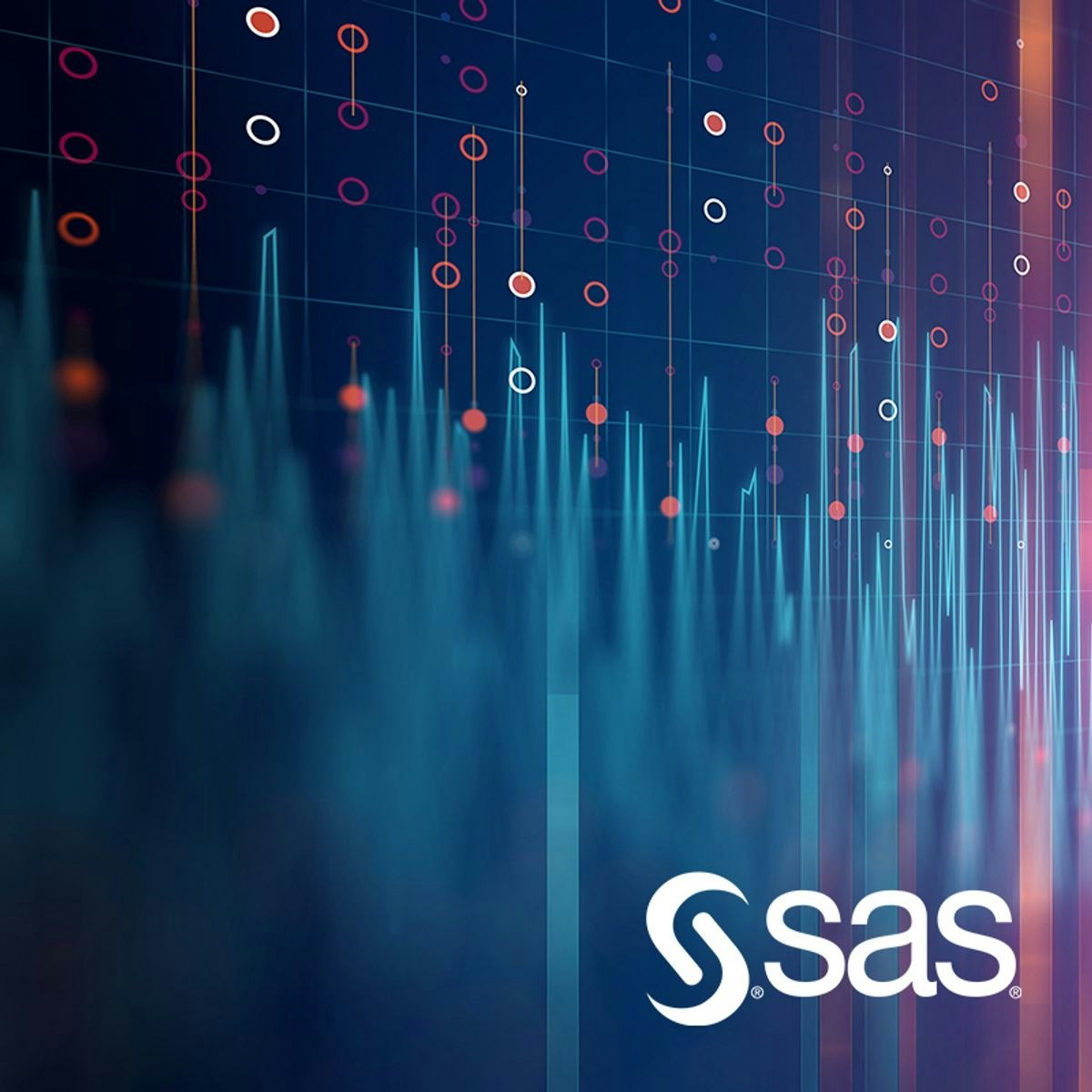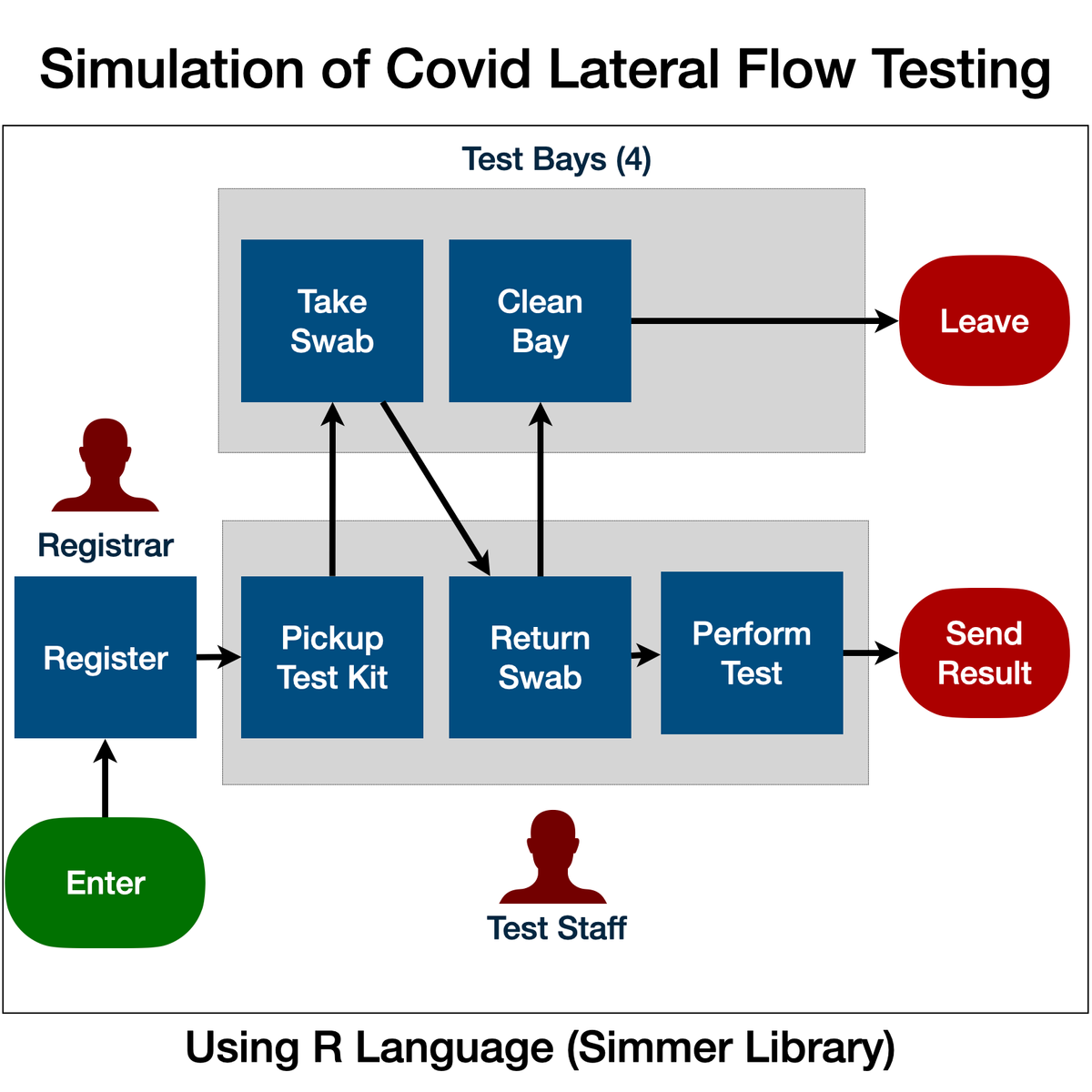Back to Courses









Data Analysis Courses - Page 79
Showing results 781-790 of 998

Create Interactive Graphs in Tableau
Tableau is widely recognized as one of the premier data visualization software programs. For many years access to the program was limited to those who purchased licenses. Recently, Tableau launched a public version that grants the ability to create amazing data visualizations for free. Account members can also share and join projects to collaborate on projects that can change the world.
In this project, we will learn how to create an account, create an Interactive Graph in Tableau and share it with others.
Learning to use this in-demand tool has applications in Marketing, Finance, Operations, Sales, and many other business functions.
Note: This course works best for learners who are based in the North America region. We’re currently working on providing the same experience in other regions.

Build a Project Tracking App with AppSheet
This is a Google Cloud Self-Paced Lab.
In this lab, you'll build a simple project tracking and approval application. AppSheet is a no-code development platform that lets anyone without coding experience build mobile and web applications. You can build AppSheet apps from data sources, such as Google Sheets, Excel, Cloud SQL, Salesforce, and other similar connectors. App user activity syncs to the connected data source(s).

Introduction to Statistical Analysis: Hypothesis Testing
This introductory course is for SAS software users who perform statistical analyses using SAS/STAT software. The focus is on t tests, ANOVA, and linear regression, and includes a brief introduction to logistic regression.

Simulation of Covid-19 Testing Process Using R Simmer
Welcome to "Simulation of Covid-19 Testing Process Using R Simmer". This is a project-based course which should take under 2 hours to finish. Before diving into the project, please take a look at the course objectives and structure.
By the end of this project, learn gain introductiory knowledge of Discrete Event Simulation, use R Studio and Simmer library, create statistical variables required for simulation, define process trajectory, define and assign resources, define arrivals (eg. incoming customers / work units), run simulation in R, store results in data frames, plot charts and interpret the results.

Create Relational Database Tables Using SQLiteStudio
In this project-based course, you will learn how to use the SQLiteStudio database management system to create a relational database, add tables to the database, and populate the tables.
Data is at the heart of all computing practices and plays an important role in our business and personal lives. Data is manipulated by programs, displayed on web browsers, transferred from location to location by networking systems, and used for business and personal decision making. Organizing, storing and safeguarding data in a database is the main purpose of database management software. Since data is such a large part of your life--whether used for your mobile phone address list or your medical record at your doctor’s office--wouldn’t it be great to know a little more about how a database works? By the end of this project, you will have a new appreciation for the importance of data and how it’s organized in a database.
Note: This course works best for learners who are based in the North America region. We’re currently working on providing the same experience in other regions.

Deploying Machine Learning Models
In this course we will learn about Recommender Systems (which we will study for the Capstone project), and also look at deployment issues for data products. By the end of this course, you should be able to implement a working recommender system (e.g. to predict ratings, or generate lists of related products), and you should understand the tools and techniques required to deploy such a working system on real-world, large-scale datasets.
This course is the final course in the Python Data Products for Predictive Analytics Specialization, building on the previous three courses (Basic Data Processing and Visualization, Design Thinking and Predictive Analytics for Data Products, and Meaningful Predictive Modeling). At each step in the specialization, you will gain hands-on experience in data manipulation and building your skills, eventually culminating in a capstone project encompassing all the concepts taught in the specialization.

طرح الأسئلة لاتخاذ قرارات قائمة على البيانات
هذه هي الدورة الثانية في شهادة تحليلات البيانات من Google. ستزودك هذه الدورات بالمهارات اللازمة للتقدم لوظائف محلل البيانات على المستوى التمهيدي. ستبنى على فهمك للموضوعات التي تم تقديمها في الدورة الأولى لشهادة تحليلات البيانات من Google. ستساعدك المواد على تعلم كيفية طرح أسئلة فعالة لاتخاذ قرارات قائمة على البيانات، مع التواصل لتلبية احتياجات الأطراف المعنية. سيستمر محللو بيانات Google الحاليون بإرشادك وتزويدك بالطرق العملية لإنجاز مهام محلل البيانات الشائعة باستخدام أفضل الأدوات والموارد.
سيتم تجهيز المتعلمين الذين يكملون برنامج الشهادة هذا للتقدم لوظائف المستوى التمهيدي كمحللين بيانات. لا تلزم خبرة سابقة.
بنهاية هذه الدورة، ستكون قادرًا على:
- التعرف على تقنيات طرح الأسئلة الفعالة التي يمكن أن تساعد في توجيه التحليل.
- اكتساب فهم لعملية اتخاذ القرار القائم على البيانات وكيف يقدم محللو البيانات النتائج.
- اكتشاف مجموعة متنوعة من سيناريوهات الأعمال في العالم الحقيقي لدعم فهم طرح الأسئلة واتخاذ القرار.
- اكتشاف كيف ولماذا تعد جداول البيانات أداة مهمة لمحللي البيانات.
- فحص الأفكار الرئيسية المرتبطة بالتفكير المنظم وكيف يمكن أن تساعد المحللين على فهم المشكلات بشكل أفضل ووضع الحلول.
- تعلم استراتيجيات لإدارة توقعات الأطراف المعنية أثناء إنشاء اتصال واضح مع فريق تحليل البيانات لتحقيق أهداف العمل.

Using the Natural Language API from Google Docs
This is a Google Cloud Self-Paced Lab. In this hands-on lab, you will use Apps Script to call the Natural Language API from Google Docs to analyze the sentiment of selected text in the document.

NetLogo's BehaviorSpace + RAWGraphs
In this project-based course, you will be introduced to and explore one of the most relevant features of NetLogo: BehaviorSpace. The context behind such a feature is that a model's true insights arise when it runs multiple times with different combinations of settings (parameter values). This approach, sometimes referred to as parameter sweeping, allows the researcher to observe a large range of behaviors that the system is capable of producing. And that is exactly what you will be doing.
In addition to that, you will analyze the results of your BehaviorSpace experiments with an open and entry-level (codeless) data analysis tool: RAWGraphs 2.0. With it, you will create many insightful data visualizations, which can all be brought together in a project's report.
Note: This course works best for learners who are based in the North America region. We’re currently working on providing the same experience in other regions.

Introduction to Sentiment Analysis in R with quanteda
In this guided project, you will learn how to import textual data stored in raw text files into R, turn these files into a corpus (a collection of textual documents), and tokenize the text all using the R software package quanteda. You will then learn how to check for words with positive or negative sentiment within the text, and how to plot the proportion of use for these words over time, while stratifying by a third variable. You will also learn how to carry out a targeted sentiment analysis by looking for words with a positive or negative sentiment that are adjacent to relevant keywords or phrases, and how to compare the results of a targeted sentiment analysis with the results of a generic analysis.
Popular Internships and Jobs by Categories
Browse
© 2024 BoostGrad | All rights reserved


